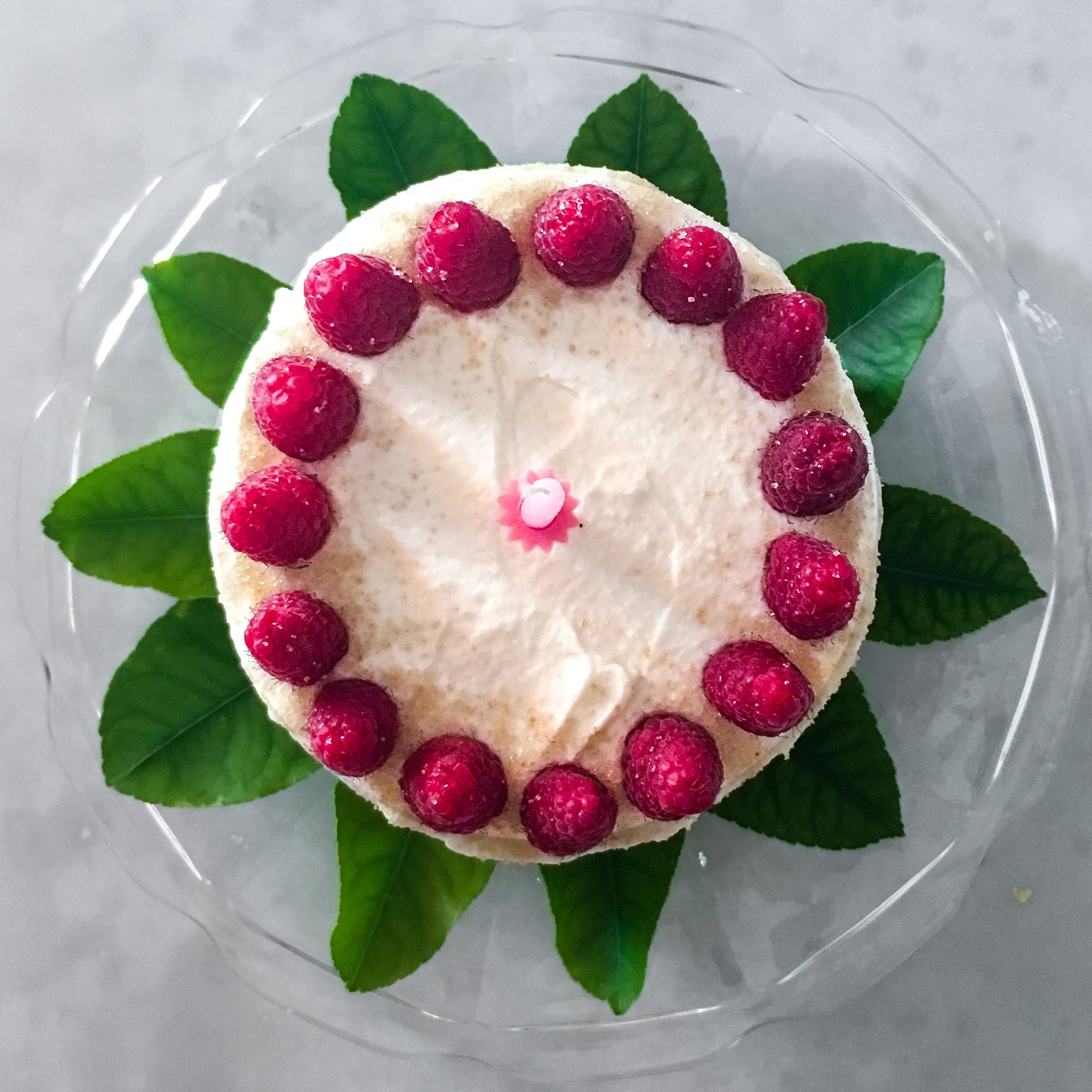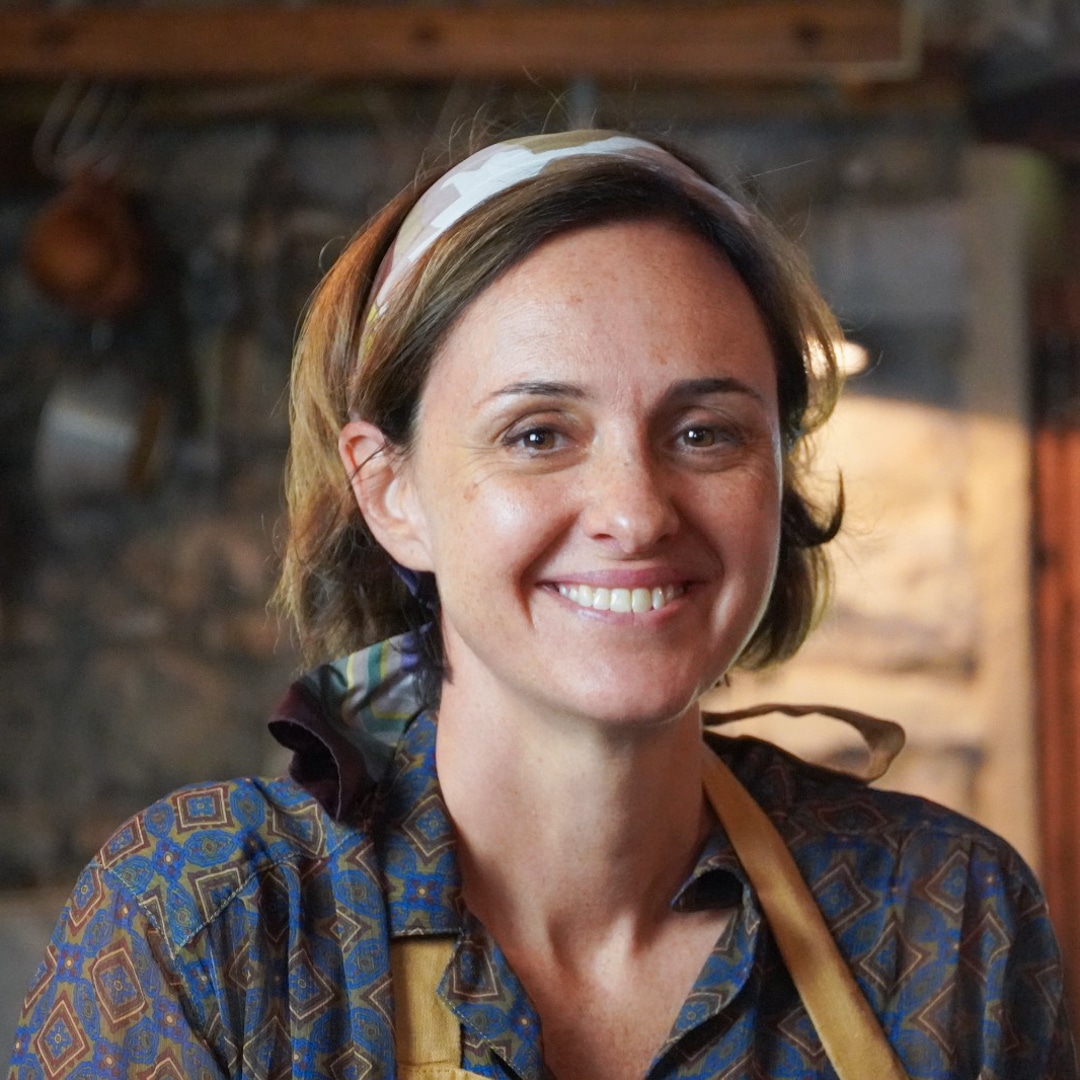Most of those who has a thing about baking knows the “genoise” sponge cake. It’s the soft cake made just with eggs, sugar and flour, a few butter and no baking powder. A cake extremely versatile because its perfect alone filled with jam or cream or as base for other preparations.
Indeed it can be rolled while still warm to make jelly rolls or bûches de Noël or it can be cut and stacked into multiple layers for a frozen dessert. It can be piped in strips to make ladyfingers or into molds to make madeleines and also tiramisu cake may be made with Genoise sheets instead of ladyfingers.

Well this genius cake was indeed invented, as its name suggests, in Genoa!
Its origins seem to be very old: we have news about it since 1500 when it was served at the banquets of the Genoese nobles. However, this dessert became internationally famous around the mid-nineteenth century when it was inserted by the cook school of Berlin in the exam for master confectioners, jointly with the batter for the Sacher torte.
The most interesting and funny story about this cake though backdates to 1749, when the ambassador of the Republic of Genoa, the Marquis Domenico Pallavicini, was in diplomatic mission in Spain (you should know that the municipality of Genoa in the past, especially in the medieval ages, was as powerful as a State both financially and commercially).
Invited to the Court to King Ferdinand IV, Domenico Pallavicini, in order to win over the monarch – likely to obtain commercial benefits – asked his personal chef Giovanni Battista Cabona – who followed him in his mission – to prepare a special cake in honor of the Spanish king.
The young Genoese confectioner therefore made slight variations to the local Genoese dessert, probably adapting it to the aromas of Spanish cuisine, and presented it as a new creation naming it “Pan di Spagna” (translation: Spanish bread) in honor of the King.
The Court, however, was so enthusiastic about the exquisiteness of the cake that decided to baptized it as Genoa cake, or “Pâte Génoise”, in honor of its inventor.

It’s incredible to say but nowadays here in Genoa most people doesn’t know that this cake was invented here! And most often we use to bake a derivate of the original recipe (without butter) called, guess how?. “Pan di Spagna”!
Genoise at home is our birthday cake since ever. My grandma used to prepare it for all our birthdays, always the same pattern: genoise cake soaked with Marsala wine, filled in the middle with custard scented with lemon zest, all coated with whipped cream and on top fresh wild berries. Around the cake, to garnish, lemon leaves, always.
The pictures you see here were taken during two different cooking classes at home, when we celebrated the birthday of two amazing guests. ’cause tradition is tradition!
How do you prepare a perfect Genoise sponge cake?
This cake is very quick and easy to prepare provided that few rules are followed:
- Wisk the eggs and the sugar for a long time, at least 5 minutes, at high speed until they become a foam very clear and puffy. It is ready when you let some batter fall down from a spoon and the sing of the drop line remains evident on the surface of the batter.
- Use the eggs at room temperature. For a better result you can heat at “bain marie” the mix of eggs and sugar for one minute so to warm it up to 32-36 degrees (which is the perfect temperature for the eggs to encapsulate air). But be careful not to heat them too much or you will get scramble eggs!
- Flour can be substituted up to 50% of its weight with potatoes starch to obtain a more blend and elegant texture; with rice starch for a more elastic and light dough; with wheat starch for a more light but not elastic dough; or with corn starch for a very elastic dough.
- Add sifted flour stirring with a spatula from bottom to up but be decisive, do not stir for too long otherwise you will lose the air already encapsulated.
- Bake in a static oven – no ventilation – and do not open the oven door for the first 30 minutes, or you risk to make it falling down. And it’s better if you place the baking tin in the lower half of the oven for a better raising.
Enjoy!

Ingredients
- 5 eggs
- 120 g of all-purpose flour
- 140 g of sugar
- 50 g of melted butter
Instructions
- Preheat the oven at at 180°C (gas mark 4).
- Combine the eggs and sugar in a mixing bowl or in the mixer recipient.
- Using a hand whisk, beat the preparation over a bain-marie.
- The temperature should reach roughly 32-36°C.
- Finish beating with an electric whisk until cooled down completely and double in volume (at least 5 minutes) The batter is ready when is puffy and if you let some batter fall down from a spoon the sing of the drop line remains evident on the surface (it is said: the batter “writes”).
- Stiff the flour and add it to the batter stirring gently with a rotation movement from bottom up. Add the melted butter in the same way.
- Butter and flour a round cake tin. Pour the mixture.
- Bake at 180°C (gas mark 4) in the center of the oven with no ventilation. Do not open the oven door to check on the cake until towards the end.
- The génoise sponge cake is ready when golden. To check whether the génoise is cooked, insert the blade of a knife in the cake. If nothing sticks to the blade, you can remove the dish from the oven.
- Remove from the mould. Leave to cool on a rack.

Did you like this post? Don’t miss the next ones then!
Sign up to my NEWSLETTER!
[mc4wp_form id=”611″]





